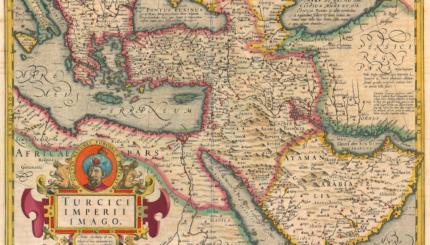For most Americans, traditional Jewish culture summons up images of Passover seders with steaming bowls of matzah ball soup, black-hatted, pale-skinned Hasidic men, and Yiddish-speaking bubbes (grandmothers) and zeydes (grandfathers). In reality, these snapshots represent only one Jewish ethnic group — Ashkenazi — of many.
Shared Jewish history, rituals, laws, and values unify an international Jewish community. However, the divergent histories of Jewish communities and their contacts with other cultural influences distinguish Jewish ethnic groups from one another, giving each a unique way of being Jewish. In addition, thanks to intermarriage, conversion and interracial adoption growing numbers of American Jews are of color and have Latino, Asian or African-American ancestry.
Worldwide, Jews from distinct geographic regions vary greatly in their diet, language, dress, and folk customs. Most pre-modern Diaspora communities are categorized into four major ethnic groups (in Hebrew, sometimes called eidot, “communities”):
- Ashkenazim, the Jews of Germany and Northern France (in Hebrew, Ashkenaz)
- Sephardim, the Jews of Iberia (in Hebrew, Sepharad) and the Spanish diaspora
- Mizrahim, or Oriental Jews
- Ethiopian Jews
Ashkenazi Jews
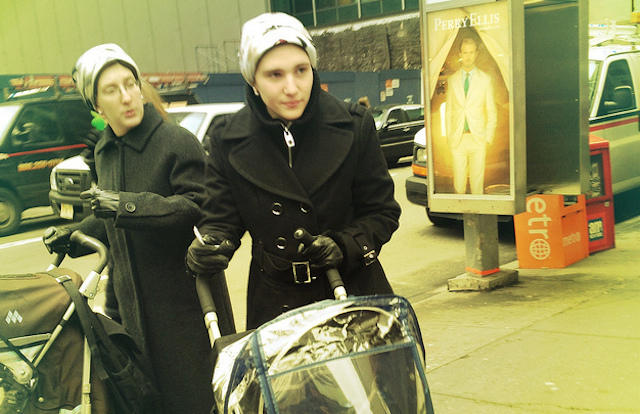
The Jewish ethnic identity most readily recognized by North Americans — the culture of matzah balls, black-hatted Hasidim, and Yiddish — originated in medieval Germany. Although strictly speaking, “Ashkenazim” refers to Jews of Germany, the term has come to refer more broadly to Jews from Central and Eastern Europe. Jews first reached the interior of Europe by following trade routes along waterways during the eighth and ninth centuries.
Eventually, the vast majority of Ashkenazim relocated to the Polish Commonwealth (today’s Poland, Lithuania, Latvia, Ukraine, and Belarus), where princes welcomed their skilled and educated workforce. The small preexistent Polish Jewish community’s customs were displaced by the Ashkenazic prayer order, customs, and Yiddish language.
Jewish life and learning thrived in northeastern Europe. The yeshiva culture of Poland, Russia, and Lithuania produced a constant stream of new talmudic scholarship. In 18th-century Germany, the Haskalah movement advocated for modernization, introducing the modern denominations and institutions of secular Jewish culture.
Although the first American Jews were Sephardic, today Ashkenazim are the most populous ethnic group in North America. The modern religious denominations developed in Ashkenazic countries, and therefore most North American synagogues use the Ashkenazic liturgy.
Sephardic Jews
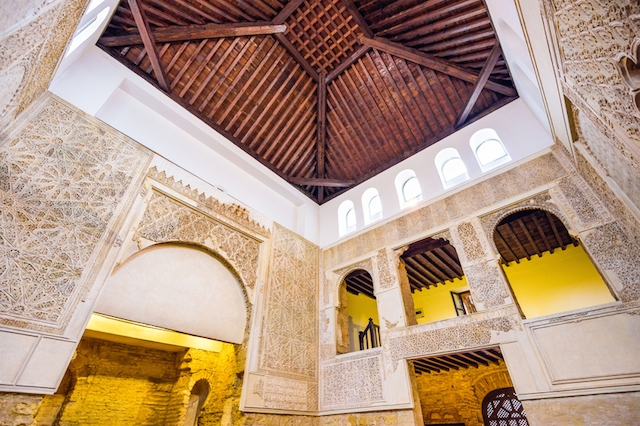
Many historical documents recount a large population of Jews in Spain during the early years of the Common Era. Their cultural distinctiveness is characterized in Roman writings as a “corrupting” influence. Later, with the arrival of Christianity, Jewish legal authorities became worried about assimilation and maintaining Jewish identity. Despite these concerns, by the seventh century Sephardim had flourished, beginning a time known as the “Golden Age of Spain.”
During this period, Sephardic Jews reached the highest echelons of secular government and the military. Many Jews gained renown in non-Jewish circles as poets, scholars, and physicians. New forms of Hebrew poetry arose, and talmudic and halakhic (Jewish law) study took on great sophistication.
Ladino, the Judeo-Spanish language, unified Jews throughout the peninsula in daily life, ritual, and song. Ladino, a blend of medieval Spanish with significant loan words from Hebrew, Arabic, and Portuguese, had both a formal, literary dialect, and numerous daily, spoken dialects which evolved during the immigrations of Sephardic Jews to new lands.
The Sephardic Golden Age ended when Christian princes consolidated their kingdoms and reestablished Christian rule throughout Spain and Portugal. In 1492, King Ferdinand and Queen Isabella expelled all Jews from Spain; soon after, a similar law exiled Jews from Portugal. Sephardic Jews immigrated to Amsterdam, North Africa, and the Middle East.
Others established new communities in the Americas or converted publicly to Christianity, sometimes secretly maintaining a Jewish life. These converts (known in Ladino as conversos and in Hebrew as anusim, forced converts) often maintained their Judaism in secret. In the 21st century, there are still people in both Europe and the Americas who are discovering and reclaiming their Jewish ancestry.
Wherever Sephardic Jews traveled, they brought with them their unique ritual customs, language, arts, and architecture. Sephardic synagogues often retain the influence of Islam in their architecture by favoring geometric, calligraphic, and floral decorative motifs. Although they may align with the Ashkenazic religious denominations (usually Orthodoxy), the denominational identity of Sephardic synagogues is, in most cases, less strong than their ethnic identity.
At home, Ladino songs convey family traditions at the Shabbat table, although Ladino is rapidly disappearing from daily use. Sephardic Jews often maintain unique holiday customs, such as a seder for Rosh Hashanah that includes a series of special foods eaten as omens for a good new year and the eating of rice and legumes (kitniyot) on Passover.
Mizrahi Jews
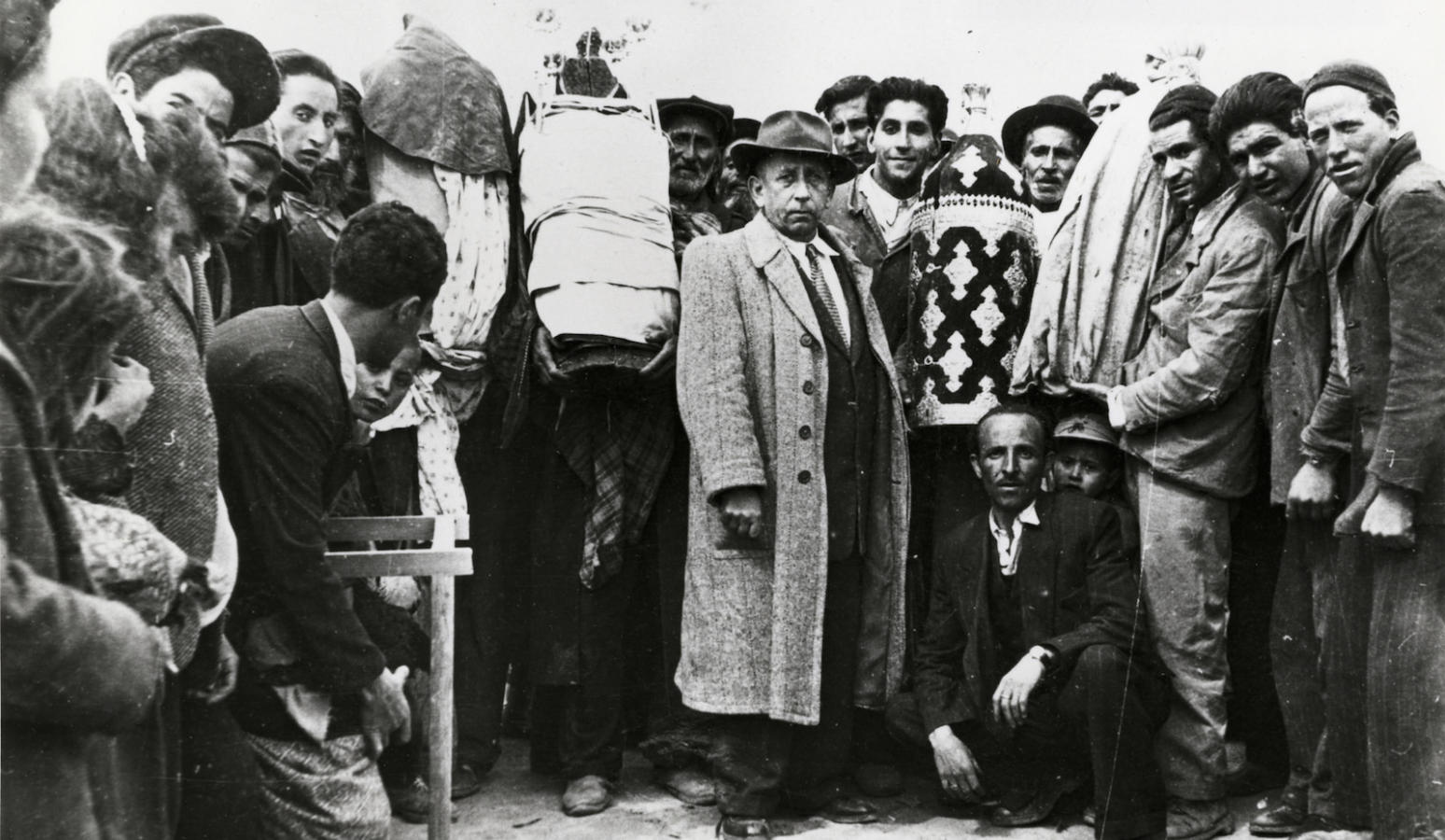
Although often confused with Sephardic Jews (because they share many religious customs), Mizrahi Jews have a separate heritage. Mizrahi (in Hebrew, “Eastern” or “Oriental”) Jews come from Middle Eastern ancestry. Their earliest communities date from Late Antiquity, and the oldest and largest of these communities were in modern Iraq (Babylonia), Iran (Persia), and Yemen.
Today, most Mizrahi Jews live either in Israel or the United States. In their new homes, Mizrahi Jews are more likely than other Jews to maintain particularly strong ties with others from their family’s nation of origin. Thus, it is not uncommon to find a specifically Persian or Bukharan synagogue. Likewise, Mizrahi Jews are not united by a single Jewish language; each subgroup spoke its own tongue.
The unique Mizrahi culture has penetrated Israeli mainstream society in recent years. Yemenite music entered the pop scene with Ofra Haza, who blended traditional instruments, rhythms, and lyrics with modern flair. Yemenite silversmiths create sacred objects used by Jews of all backgrounds. “Mizrahi” restaurants — where large platters of skewered meat and breads and bowl upon bowl of salads and condiments are shared by a group — have become fashionable gathering places in Israel.
Despite these trends, Jewish ethnic barriers remain strong. In Israel, Ashkenazic Jews still dominate leadership roles in public institutions. For much of Israel’s history, Sephardic and Mizrahi Jews were disproportionately underrepresented in the government. Yet now, they make up more than half of the population.
Ethiopian Jews
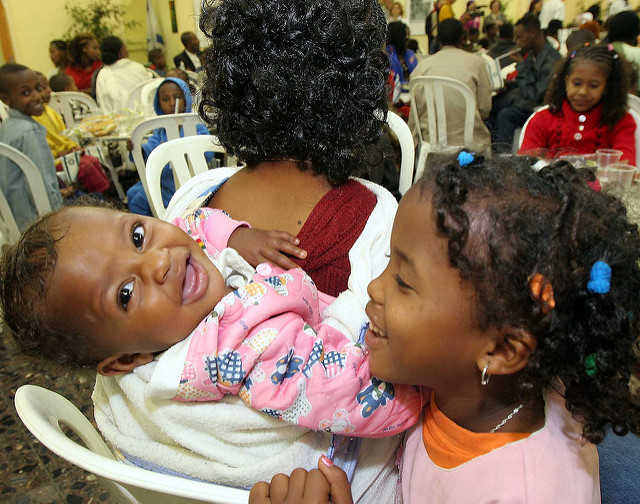
A Jewish community in Ethiopia — the Beta Israel (House of Israel) — has existed for at least 15 centuries.
Because of low literacy levels, a tendency to rely on oral traditions and nomadic lifestyles among most Ethiopians prior to the 20th century, historic material about this community is scant and unreliable.
In the late 1980s and early 1990s, tens of thousands of Ethiopian Jews emigrated to Israel, leaving behind a very small community. Learn more about Ethiopian Israelis here.
Jewish Diversity Still Matters
Many Jews today live a multi-layered Jewish existence. Some Ethiopian Jews attend Hasidic yeshivas, and some Sephardic Jews enjoy matzah ball soup at their Passover seders. Jews from all backgrounds often borrow each other’s cultural traditions. Many populous Jewish communities have a diverse range of ethnicities, and that diversity presents itself even within individual families.
Though some of these cultural divides have healed — partially due to the increase in marriages among members of different ethnic groups — ethnicity is still highly relevant in Israeli society. For example, the public school curriculum over-represents Ashkenazic cultural achievements and history. At least one study recently reported that Mizrahi Jews are still half as likely to attend universities as Ashkenazi Jews.
Massive economic disparities exist among different communities, since Mizrahi immigrants frequently were brought to Israel by emergency airlifts, arriving with minimal property or wealth. Partially as a way to combat these discrepancies, Israeli political parties are often formed along ethnic lines, such as Shas (Sephardic), Agudas Israel (Ashkenazic), and Atid Ehad (Ethiopian Jews).
Some Jews protect their ethnic identity in other ways. Religious Jews will follow the customs of their ancestors in both their homes and synagogues. Others consciously study their traditional Jewish language, whether Yiddish, Ladino, or Farsi (Persian) and join social clubs based on their ethnic heritage. In North America, where secular schools often celebrate multiculturalism, Jewish supplemental and day schools have begun to include Jewish ethnic diversity in their curricula. Indeed Jewish ethnicity becomes a way to trace the course of Jewish history.
Ashkenazi
Pronounced: AHSH-ken-AH-zee, Origin: Hebrew, Jews of Central and Eastern European origin.
Hasidic
Pronounced: khah-SID-ik, Origin: Hebrew, a stream within ultra-Orthodox Judaism that grew out of an 18th-century mystical revival movement.
Mizrahi
Pronounced: meez-RAH-khee, Origin: Hebrew for Eastern, used to describe Jews of Middle Eastern descent, such as Jews from Iraq and Syria.
Sephardic
Pronounced: seh-FAR-dik, Origin: Hebrew, describing Jews descending from the Jews of Spain.
Shabbat
Pronounced: shuh-BAHT or shah-BAHT, Origin: Hebrew, the Sabbath, from sundown Friday to sundown Saturday.
yeshiva
Pronounced: yuh-SHEE-vuh or yeh-shee-VAH, Origin: Hebrew, a traditional religious school, where students mainly study Jewish texts.
